Aneurysm refers to an abnormal swelling in a blood vessel. It is also known as a brain, cerebral, or intracranial aneurysm. Bulge or ballooning in a blood vessel may occur anywhere in the body, but the brain and heart are most often affected.
Aneurysm typically doesn't cause any pain and is usually diagnosed if the bulge in a blood vessel bursts, which can be life-threatening. According to the Centers for Disease Control and Prevention (CDC), aortic aneurysms account for 25,000 deaths in the United States each year. Brain aneurysms that result in rupture, on the other hand, contribute to 30,000 deaths yearly. Out of those cases, 40% result in death within 24 hours after the burst.
It is important to get diagnosed as soon as possible after experiencing mild symptoms associated with aneurysms to prevent severe health issues and decrease the risk of death due to rupture. Doing routine check-ups and tests for other conditions is also essential because it is often how you learn about an aneurysm in your body.
Aneurysm is a common condition typically diagnosed by accident during tests for other health issues. Most cases of aneurysms don't cause any symptoms because they are small and have a low chance of rupturing.
According to the Brain Aneurysm Foundation, about 6.7 million people in the USA![]() have an aneurysm that hasn't ruptured. What is more, approximately 20-50% of aneurysms rupture, increasing the risk of serious complications, including death.
have an aneurysm that hasn't ruptured. What is more, approximately 20-50% of aneurysms rupture, increasing the risk of serious complications, including death.

Aneurysm may develop due to the weakening of artery walls. It may happen for many reasons, including high blood pressure, infections, genetics, and injuries.
Aneurysms may appear anywhere in the body and affect anyone regardless of age and health. Sometimes, it is unclear why a healthy person develops an aneurysm. See the ‘Risk Factors‘ paragraph for more information about conditions that contribute to developing aneurysms in the human body.
The most common types of aneurysms include cerebral, abdominal, and thoracic aortic.
Cerebral aneurysms affect blood vessels in the brain. They affect approximately 3-5% of the US population![]() .
.
A cerebral aneurysm develops when the wall of a blood vessel in the brain gets weakened. It may cause the following health issues:
A cerebral aneurysm that hasn't ruptured may cause no symptoms at all. Symptoms are more likely to appear in people over 60.
An abdominal aortic aneurysm is a bulging of an aorta in the abdomen. Its symptoms include:
Rupture of abdominal aortic aneurysm requires immediate medical care. Only 20% of people affected by this type of rupture are estimated to survive.
A thoracic aortic aneurysm is a bulging or ballooning of an aorta in the chest. It is usually discovered by accident in screenings to discover other health problems.
Symptoms of thoracic aortic aneurysm include:
Rupture of thoracic aortic aneurysm is a life-threatening condition that requires emergency care. If you experience the above symptoms, call 911 immediately.
Many factors contribute to the development of aneurysm in your body. These include environmental factors that develop over time and factors that are present since a person's birth:

Aneurysm complications are usually the result of rupture and rarely develop due to aneurysm alone. This condition is a potential danger to one's health because the bleeding occurs after the bulge bursts in a blood vessel. It lasts only a few seconds but may damage surrounding cells, increase pressure inside the skull, or kill brain cells. High blood pressure due to bleeding is hazardous because it may affect the supply of oxygen and blood to the brain. A result of such a scenario includes loss of consciousness but also death.
Other possible outcomes of aneurysm rupture include:
Not everyone develops the same complications due to aneurysm bleeding. They depend on several factors, including the type of aneurysm, quality of treatment, location of the rupture, and amount of damage caused by the bleeding. Even though there are many life-threatening outcomes of aneurysm, most people don't develop complications.
Many cases of aneurysms are discovered during tests and screenings for other conditions. These aneurysms are usually clinically silent (asymptomatic). Some people may experience mild symptoms but don't take into consideration aneurysm as a cause.
If you visit a doctor after severe symptoms occur, you will be ordered to take several tests and undergo screening procedures. These tests aim to determine if you have a ruptured aneurysm and whether complications developed due to bleeding. These usually include the following procedures:
There are several treatment options for patients with aneurysm. Treatment is usually tailored to an individual's specific needs, which depends on many factors, such as the location and size of the bulging, severity of symptoms, complications, whether rupture has occurred, and type of aneurysm. Your healthcare provider will discuss the possible options with you and choose the best solution for your case.
Procedures to treat aneurysms include endovascular aneurysm repair (EVAR), endovascular coiling, microvascular clipping, open surgery, and catheter embolization. Your doctor may also recommend medications to relieve the symptoms.
Endovascular aneurysm repair![]() is a procedure in which a surgeon inserts a catheter (a thin, flexible tube) inside a vessel. In the next step, a surgeon inserts a graft through the catheter to repair the artery.
is a procedure in which a surgeon inserts a catheter (a thin, flexible tube) inside a vessel. In the next step, a surgeon inserts a graft through the catheter to repair the artery.
This type of procedure treats cerebral aneurysms. It involves inserting multiple spirals of platinum wire through a catheter to block blood flow to an aneurysm. Thanks to this procedure, the risk of rupture is significantly smaller.
Microvascular clipping is performed to treat cerebral aneurysms. During the procedure, a surgeon places a metal clip at the bottom of the aneurysm to cut it off from the blood supply.
Some cases of aneurysm require an open surgery procedure in which a surgeon removes the aneurysm through an incision.
This procedure involves cutting off the blood supply to the aneurysm. It is achieved by inserting a catheter into the affected artery, using embolic agents to prevent bleeding, or using a tube to insert medication.
Aneurysm rupture or a bulge that is about to burst may cause sudden severe symptoms and complications. Seek medical care immediately if you experience the following symptoms:
Receiving medical care in case of these symptoms is especially important to avoid permanent complications and lower the risk of death. Timely intervention can also prevent an aneurysm that is close to rupturing.
Each case of aneurysm is unique, and the prognosis is best discussed with healthcare professionals who can consider individual circumstances and provide personalized guidance.
For individuals who undergo treatment for an aneurysm, regular follow-up care is crucial. Monitoring for potential complications and making necessary adjustments to the treatment plan can contribute to a more positive long-term prognosis.
There are no specific guidelines to prevent aneurysm. In some cases, it may be impossible to prevent it from developing if genetics are at play. However, certain lifestyle choices may contribute to the lower risk of aneurysms as well as many other health conditions. In general, the following lifestyle changes may decrease the risk:
Regular check-ups with a healthcare provider are also essential in preventing many health conditions, including an aneurysm. If you have specific concerns about your risk for aneurysms, discuss them with your healthcare professional for personalized guidance.

Aneurysm, characterized by an abnormal swelling in a blood vessel, poses a severe health threat, especially when it leads to rupture. The condition can occur anywhere in the body but usually affects the brain or heart. While often asymptomatic, aneurysms can be life-threatening if the bulging vessel bursts.
Complications due to aneurysm rupture are often linked to bleeding, causing damage to surrounding cells and potentially killing brain cells. While outcomes vary, complications may include stroke, epilepsy, heart failure, kidney failure, trouble speaking, and limb weakness.
Diagnosis involves various tests such as cerebral angiograms, lumbar punctures, MRIs, and CT scans. Treatment options include endovascular repair, coiling, microvascular clipping, open surgery, and catheter embolization. Medications may also be prescribed to alleviate symptoms.
Regular medical check-ups and open communication with healthcare providers are crucial in maintaining overall health and preventing severe complications associated with aneurysms.
Table of Contents
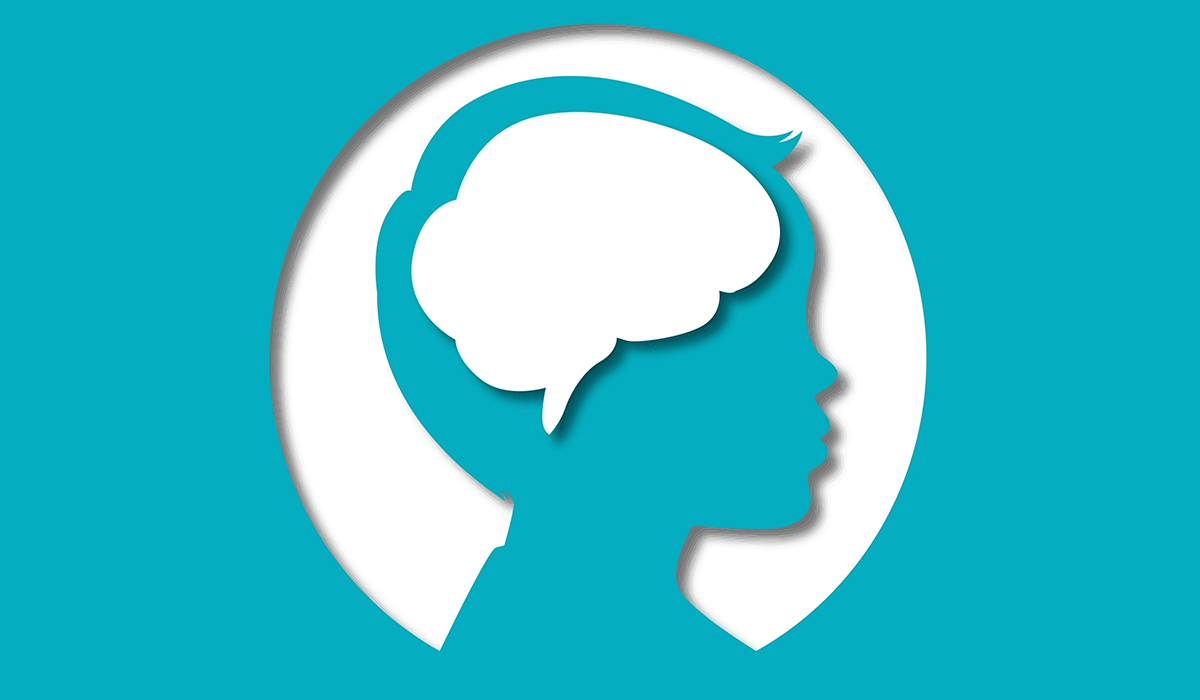
Cerebral palsy is a set of disorders characterized by impaired psychomotor development. What are its causes? What is the treatment… read more »
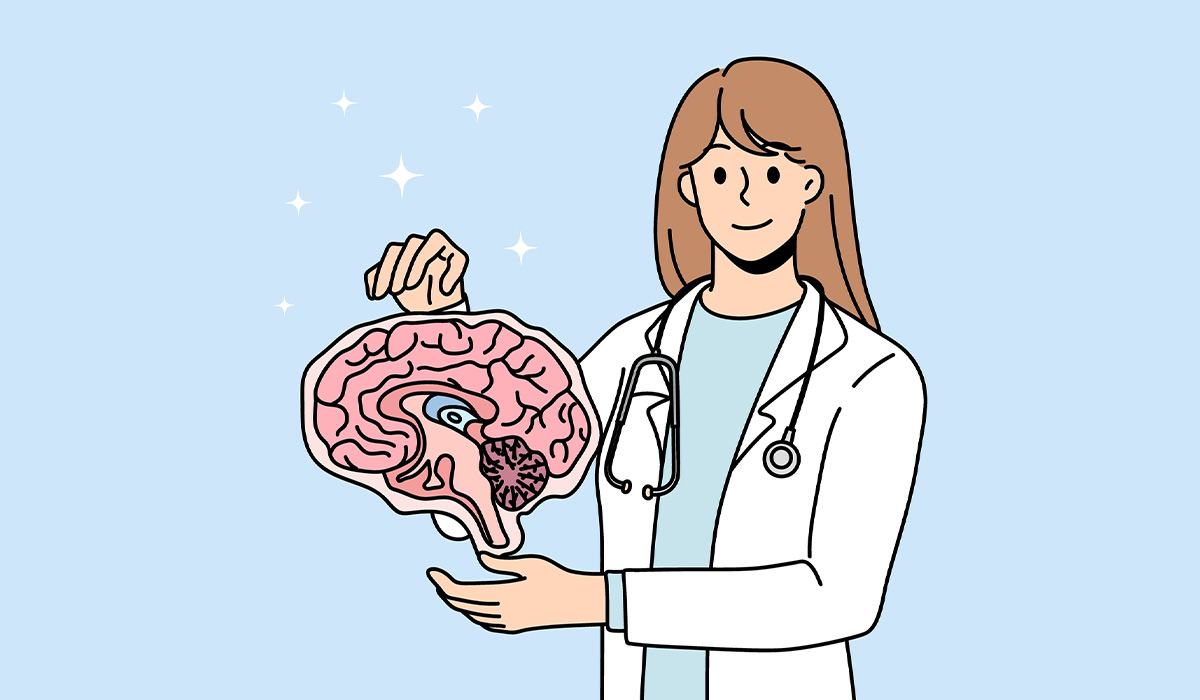
Specifically, a neurosurgeon is a specialist. They are more than basic specialists; they oversee a few of the foremost complex… read more »
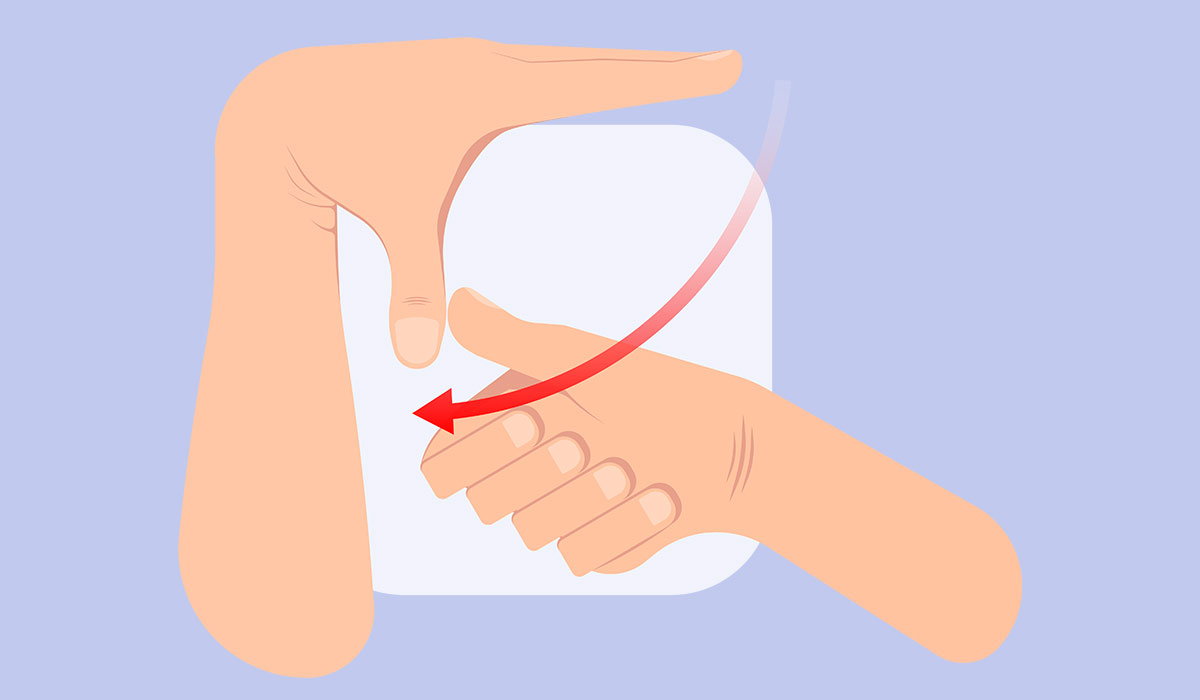
Ehlers-Danlos Syndrome is a group of diseases with a genetic basis. Learn all the symptoms associated with EDS. Find out… read more »
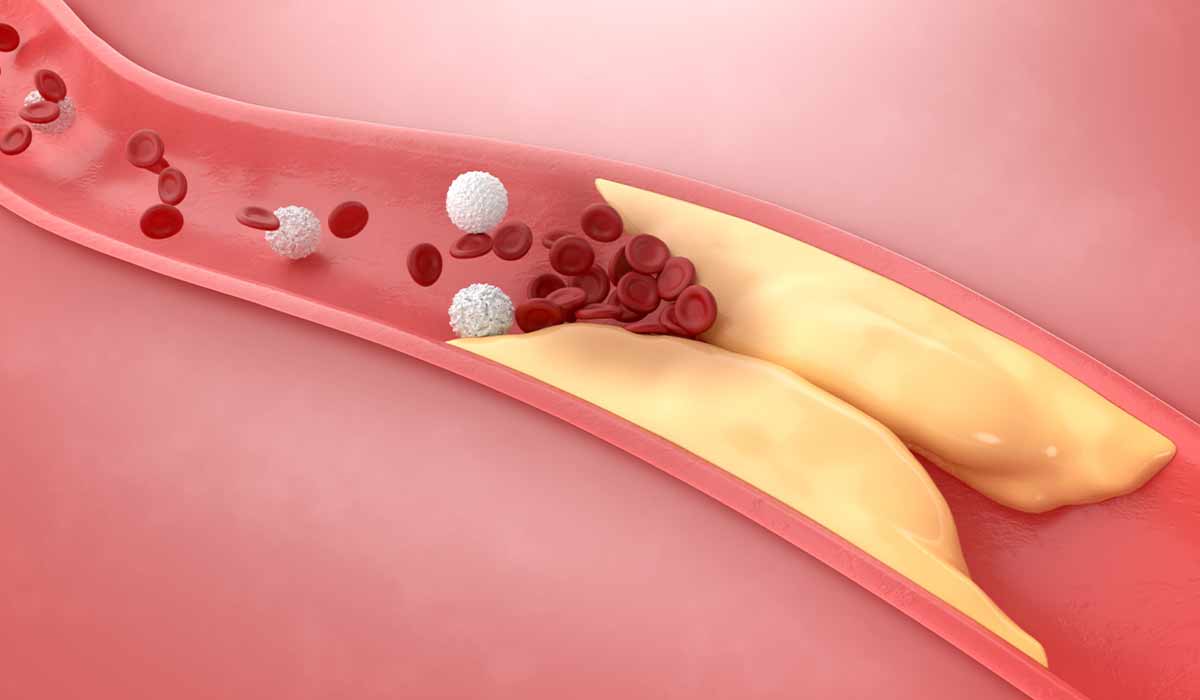
Atherosclerosis is a disease of the cardiovascular system that involves the deposition of atherosclerotic plaques in the inner layers of… read more »
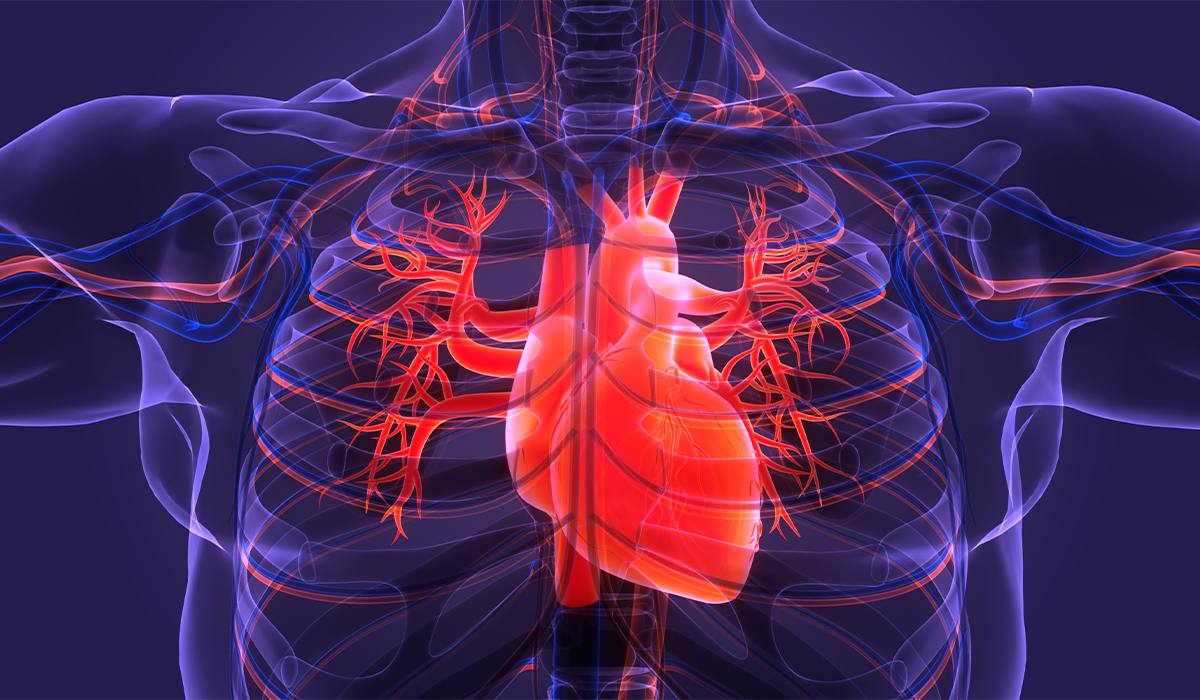
Angina is a disease characterized by paroxysmal chest pain. What are its causes? What is the diagnosis and treatment like? read more »
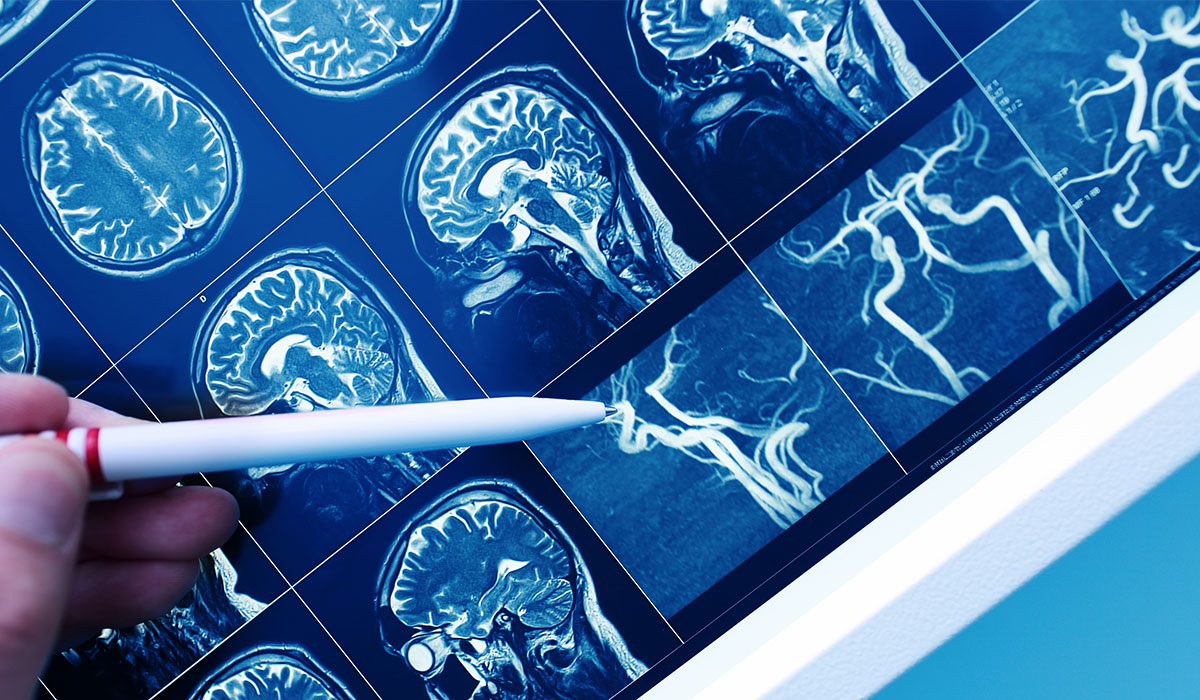
Vascular dementia can occur after a stroke or other incident. Learn the most important information to recognize early symptoms and… read more »

Kawasaki disease is a systemic disease that mainly affects young children and causes inflammation of the walls of blood vessels.… read more »

Altitude Sickness is a condition often faced by eager mountain climbers. Dive into our article for more details on this… read more »

Thrombosis occurs when blood clots form inside blood vessels and partially or entirely limit blood flow. What are the symptoms?… read more »